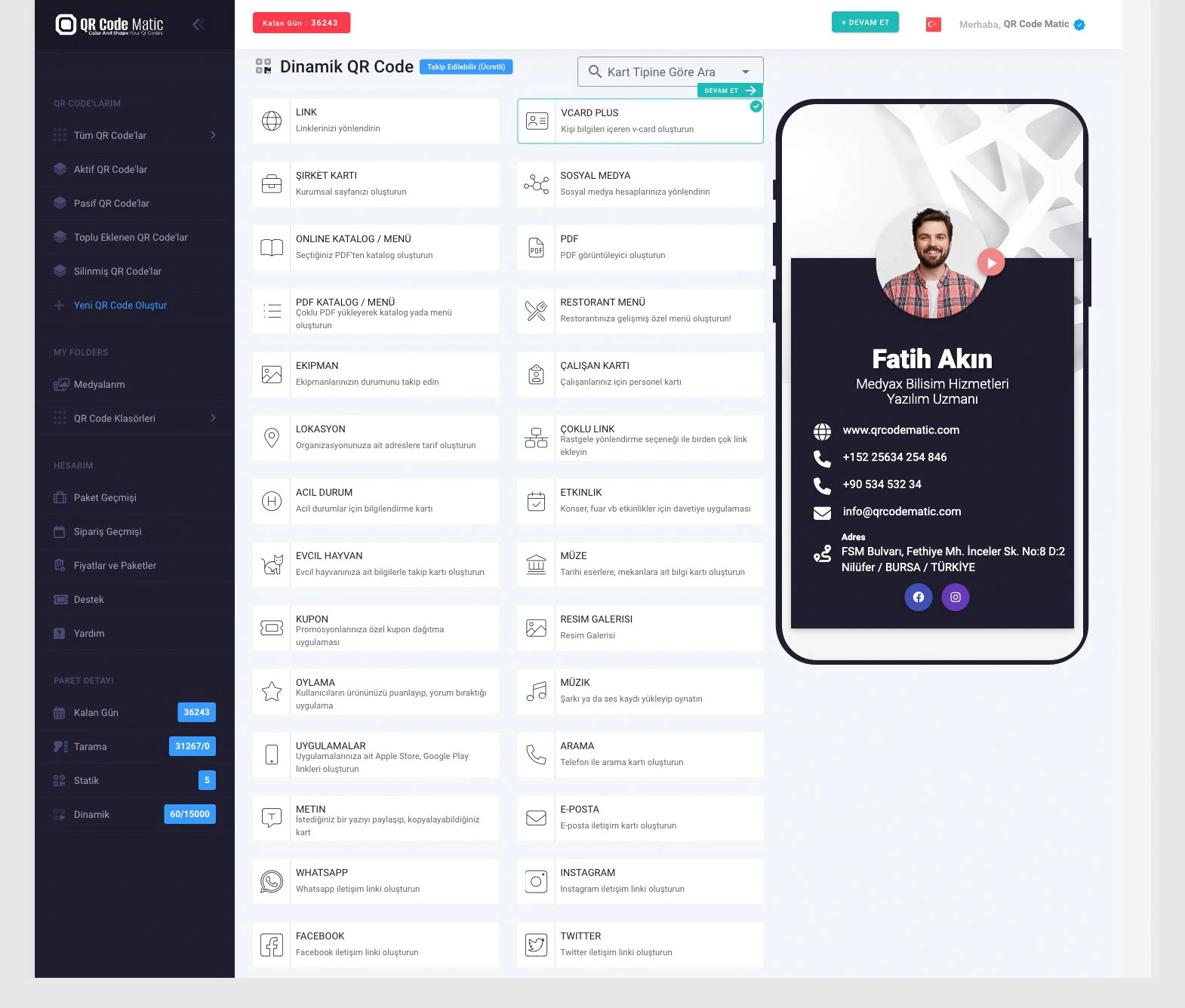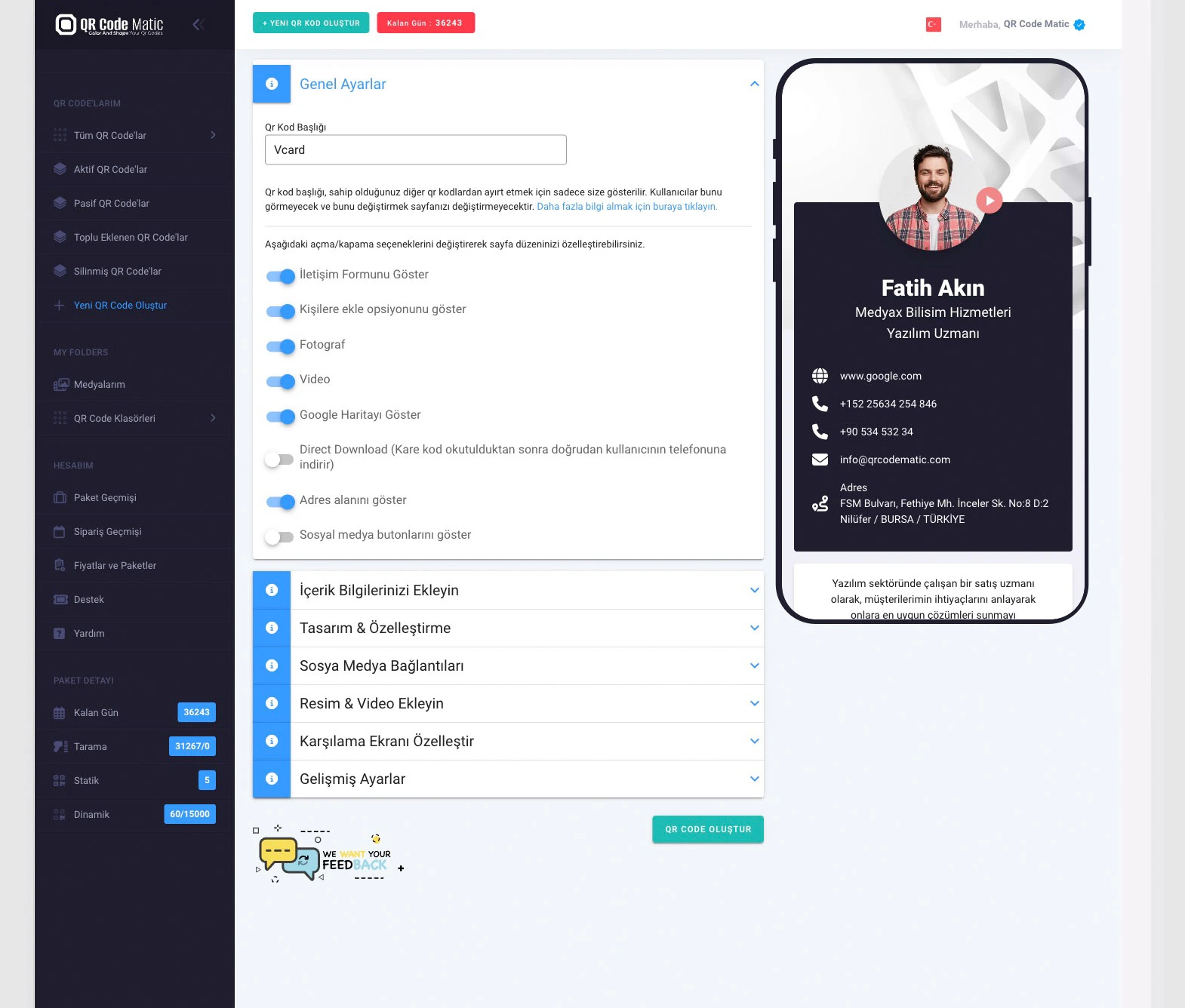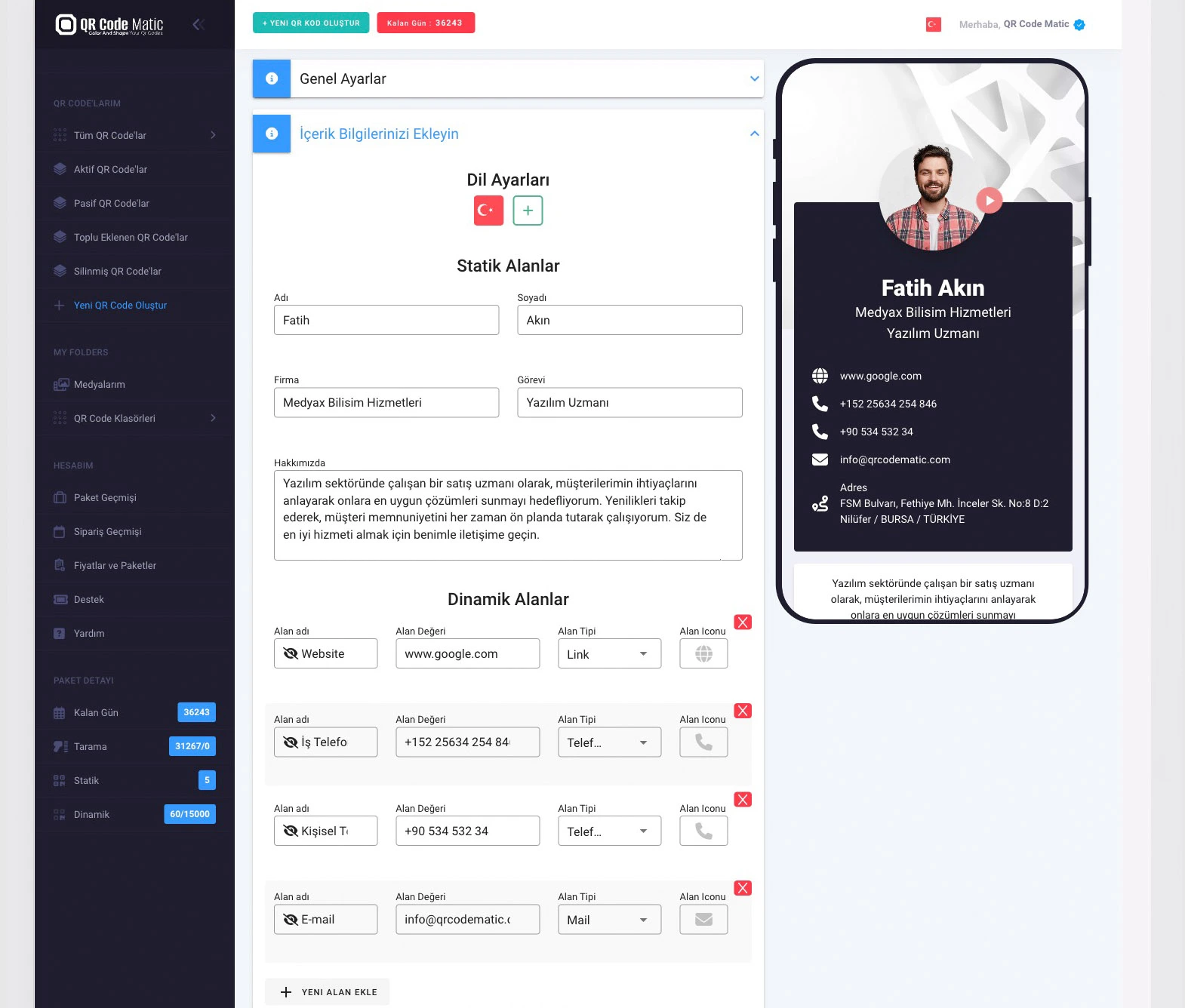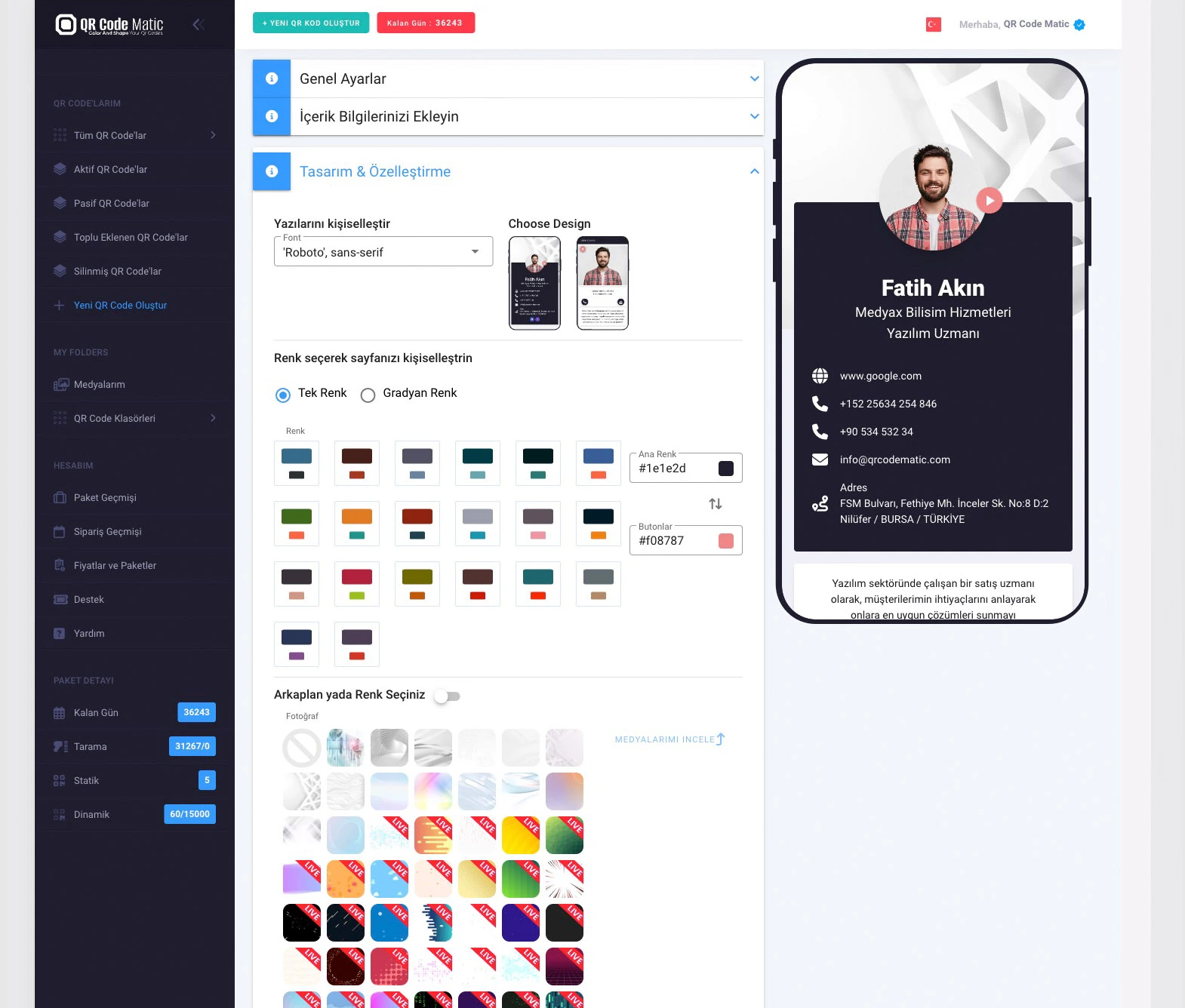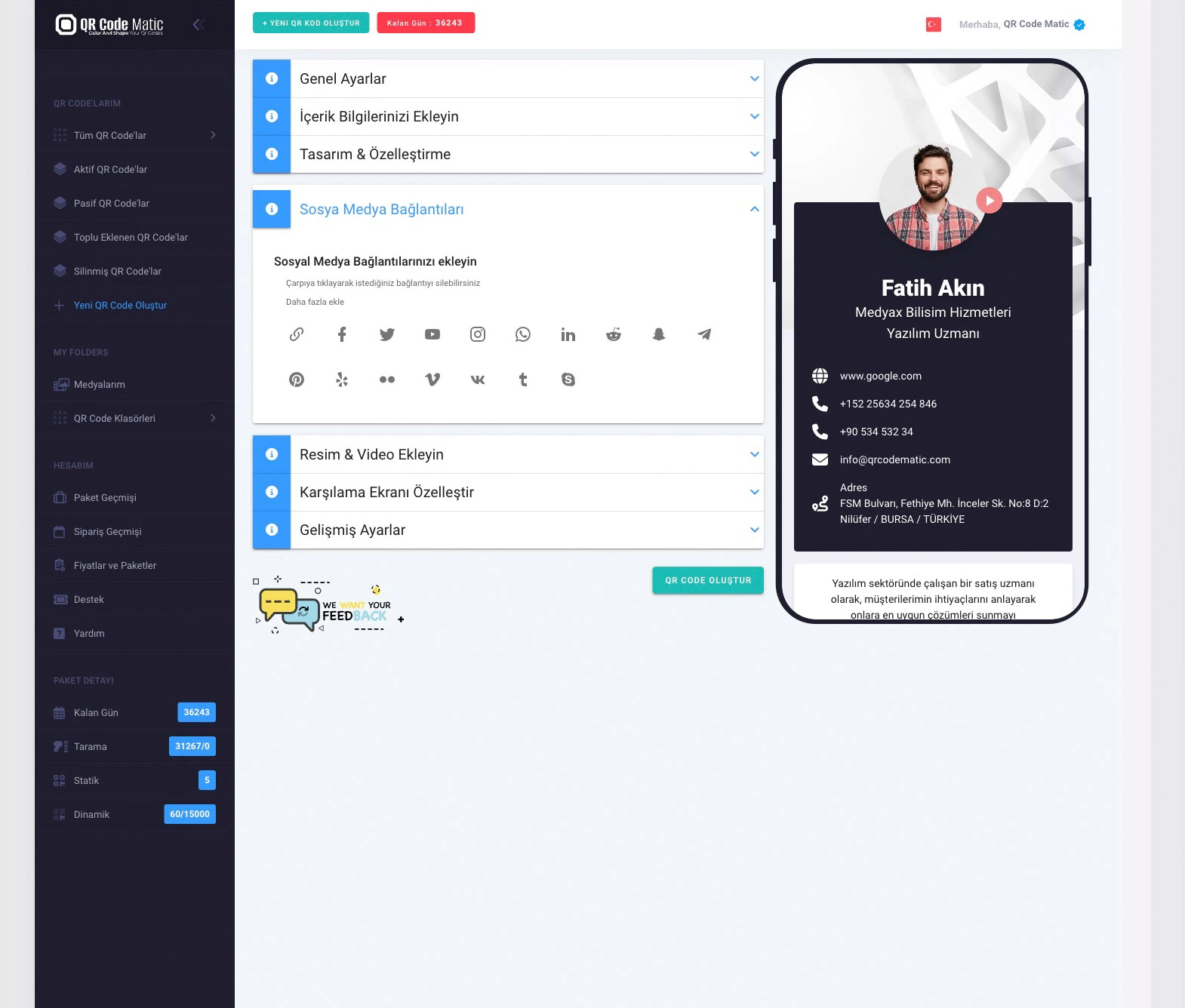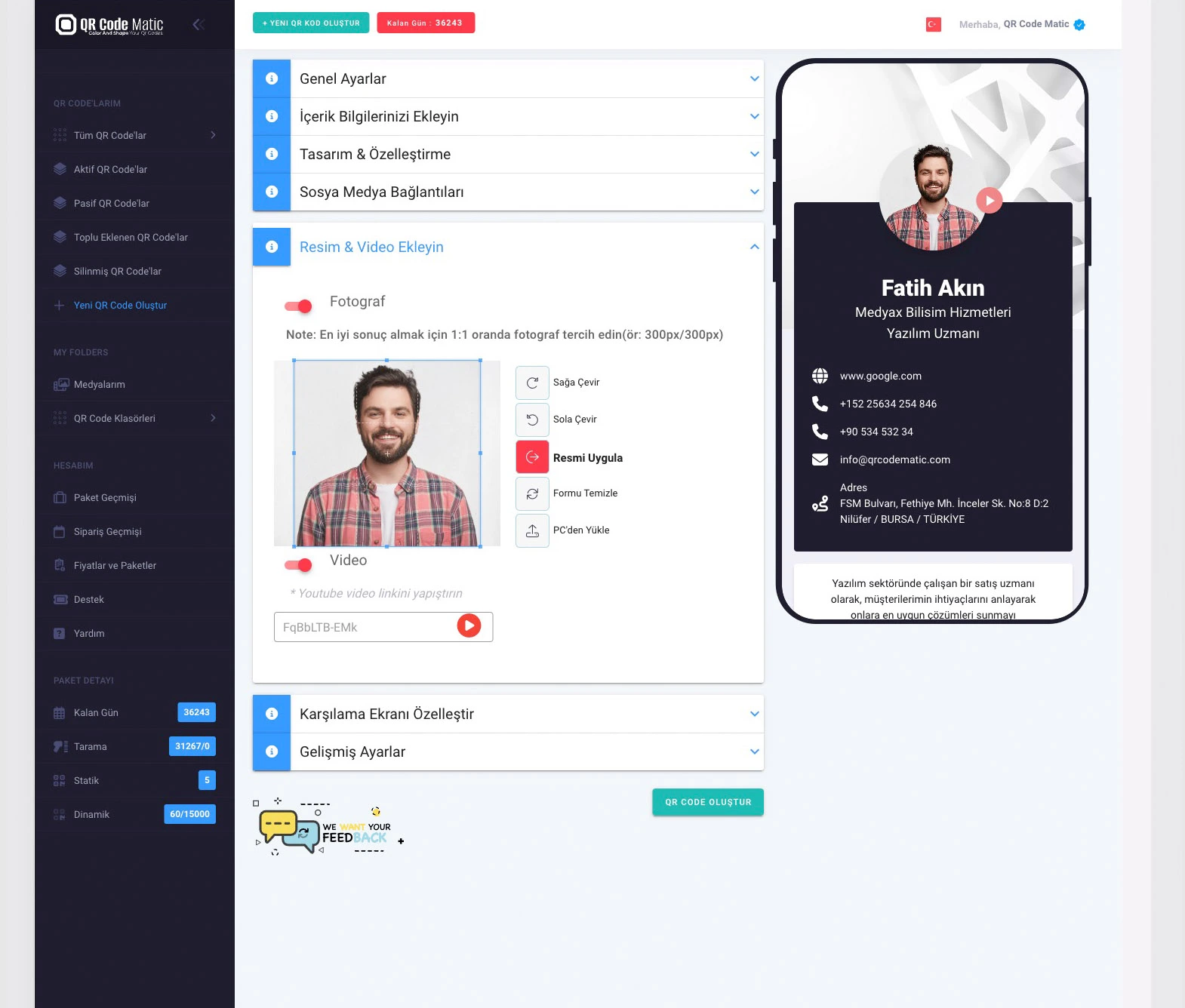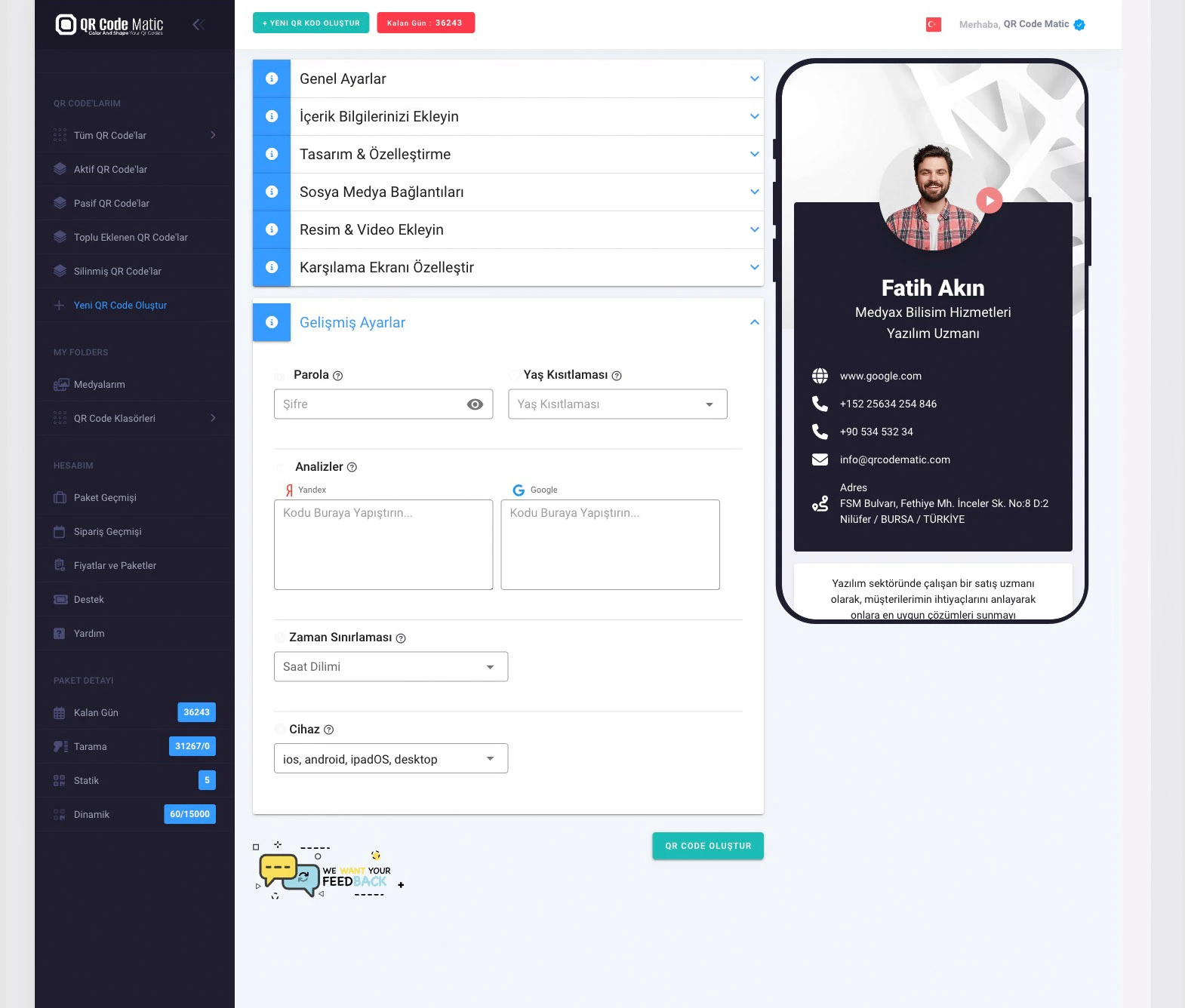Art galleries and paintings can enhance the art experience and make it more interactive and informative by using QR codes. QR codes provide visitors with more content, background information, and a deeper understanding of artworks. Here are some advantages of using QR codes in art galleries and paintings:
Detailed Information about Artworks: QR codes placed in front of art pieces provide visitors with detailed information about the artworks. By scanning the QR code, visitors can access information such as the artist, creation date, materials used, technical details, and the story behind the artwork. This helps visitors gain a deeper understanding of the art piece and grasp the artist's intention better.
Artist Profile and Background Information: QR codes provide access to artist profiles and background information. Art galleries can create QR code-based information panels or brochures for each artist. Visitors can scan the QR code to learn about the artist's biography, the themes of their works, and their artistic journey. This provides art enthusiasts with more insights into the artist and helps them better understand the context of the artwork.
Interactive Visual and Audio Content: QR codes offer visitors interactive content related to the art pieces. By scanning the QR code, visitors can view detailed images of the artwork, see photos from different angles, or listen to a recorded voice of the artist discussing the piece. This allows visitors to examine the details of the artwork and directly hear the artist's thoughts.
Connections and Interactions with Other Artworks: QR codes can reveal connections and interactions between art pieces. For example, visitors interested in learning more about a specific exhibition theme or art movement can scan the QR code to access relevant links and explanations. This enables visitors to evaluate artworks within a broader context and gain a better understanding of the history and development of art.
Art Purchasing and Artist Support: QR codes offer visitors the opportunity to purchase artworks or support the artists. Galleries or exhibition venues can use QR codes to direct visitors to the sales pages of the art pieces or the artist's website. By scanning the QR code, visitors can view the artwork's price, purchase options, and contact the artist. This facilitates easy art purchases for art enthusiasts and supports the artists.
Event and Program Information: Art galleries can use QR codes to provide visitors with event and program information. For instance, visitors interested in a guided exhibition tour, art workshop, or artist talk can scan the QR code to access program details. This increases visitor participation in gallery events and allows art lovers to engage more with the gallery.
Feedback and Surveys: QR codes allow visitors to provide feedback or participate in surveys about their art experience. Galleries or exhibition venues can use QR codes to provide visitors with surveys or feedback forms. This enables visitors to share their satisfaction, make suggestions, or express their thoughts about the art experience. Such feedback provides valuable information for improving the gallery's or artist's future programs and events.
Using QR codes in art galleries and paintings enriches the art experience for visitors, provides them with more information about artworks, and helps establish a closer connection with the artists. This technology enhances the accessibility of art by offering art enthusiasts an interactive and personalized experience and enables art galleries to adapt to contemporary technology.
